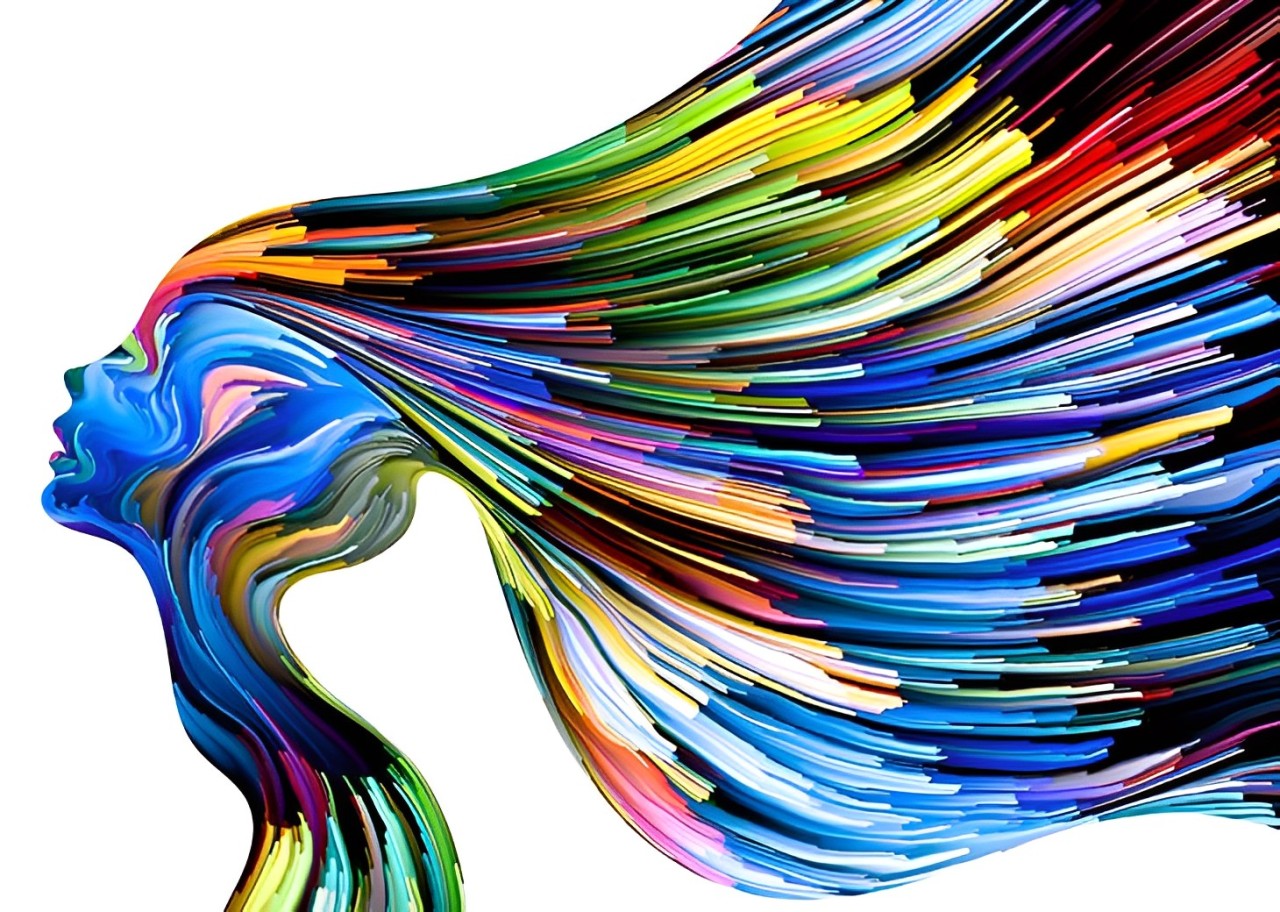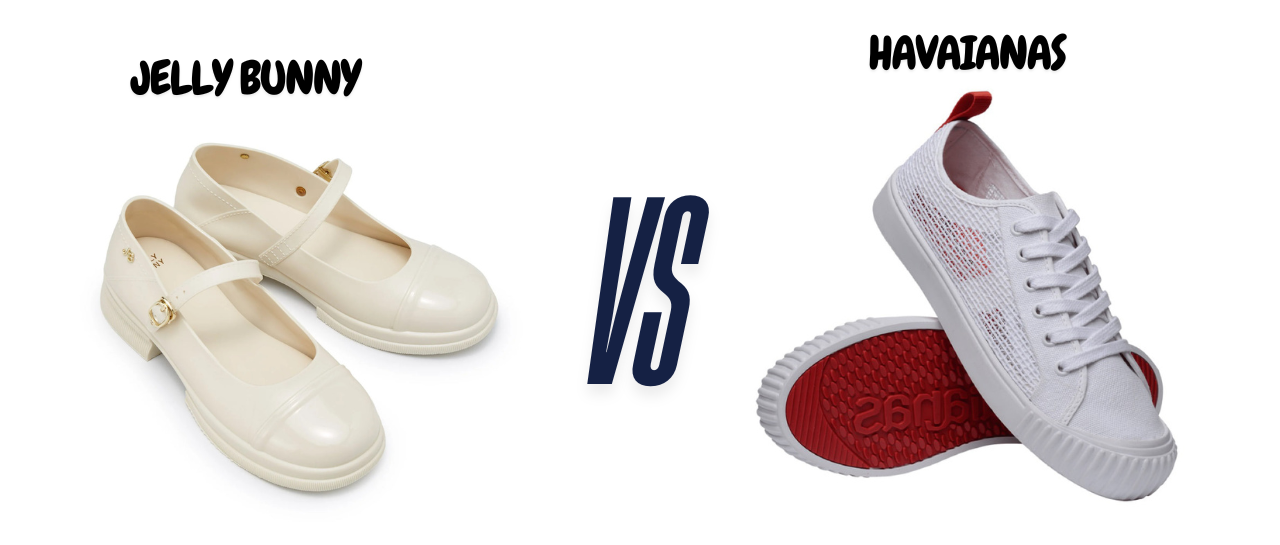Virtual Art refers to artworks that are created, displayed, or experienced using digital technology and virtual environments. It blends traditional artistic forms with technological innovation, making use of virtual platforms, digital media, and immersive technologies like virtual reality (VR), augmented reality (AR), and computer-generated imagery (CGI).
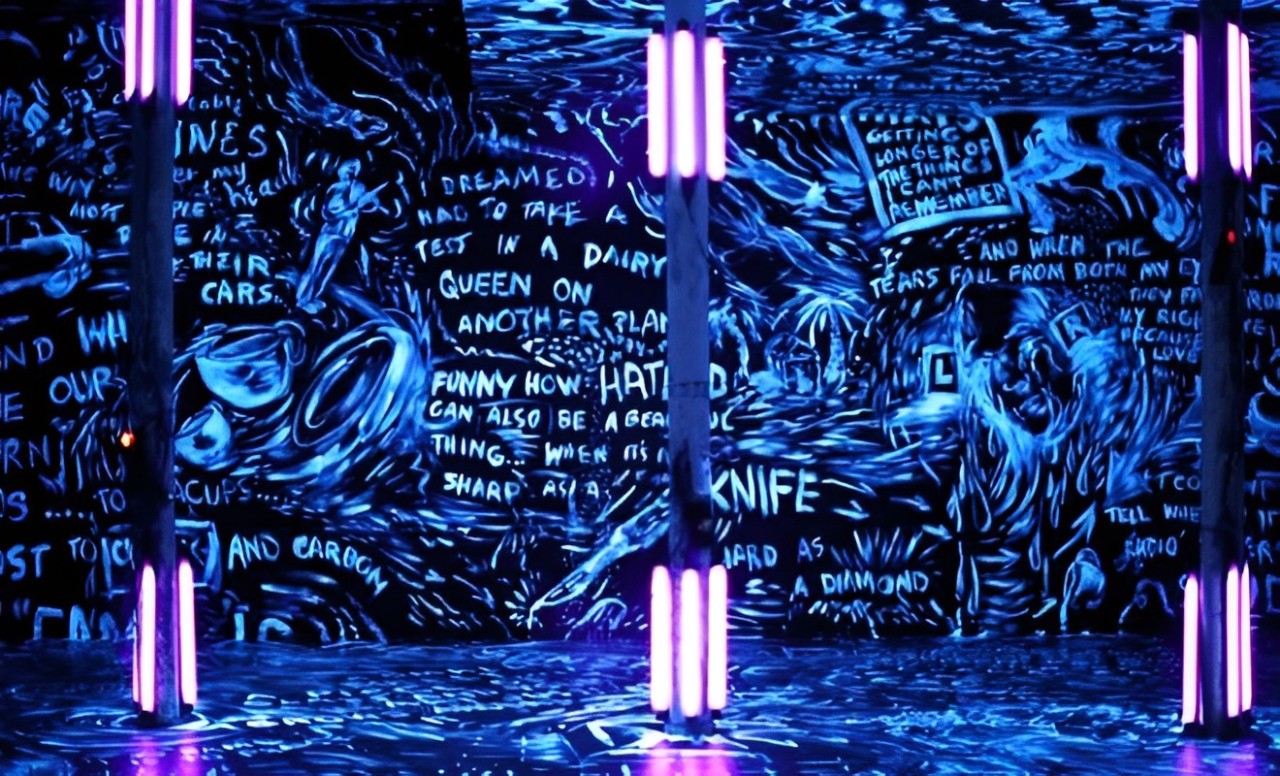
Virtual art can take many forms, including:
1.Digital Art: Art created entirely using digital tools such as graphic design software, 3D modeling programs, and digital painting applications. Examples include digital paintings, illustrations, animations, and generative art.
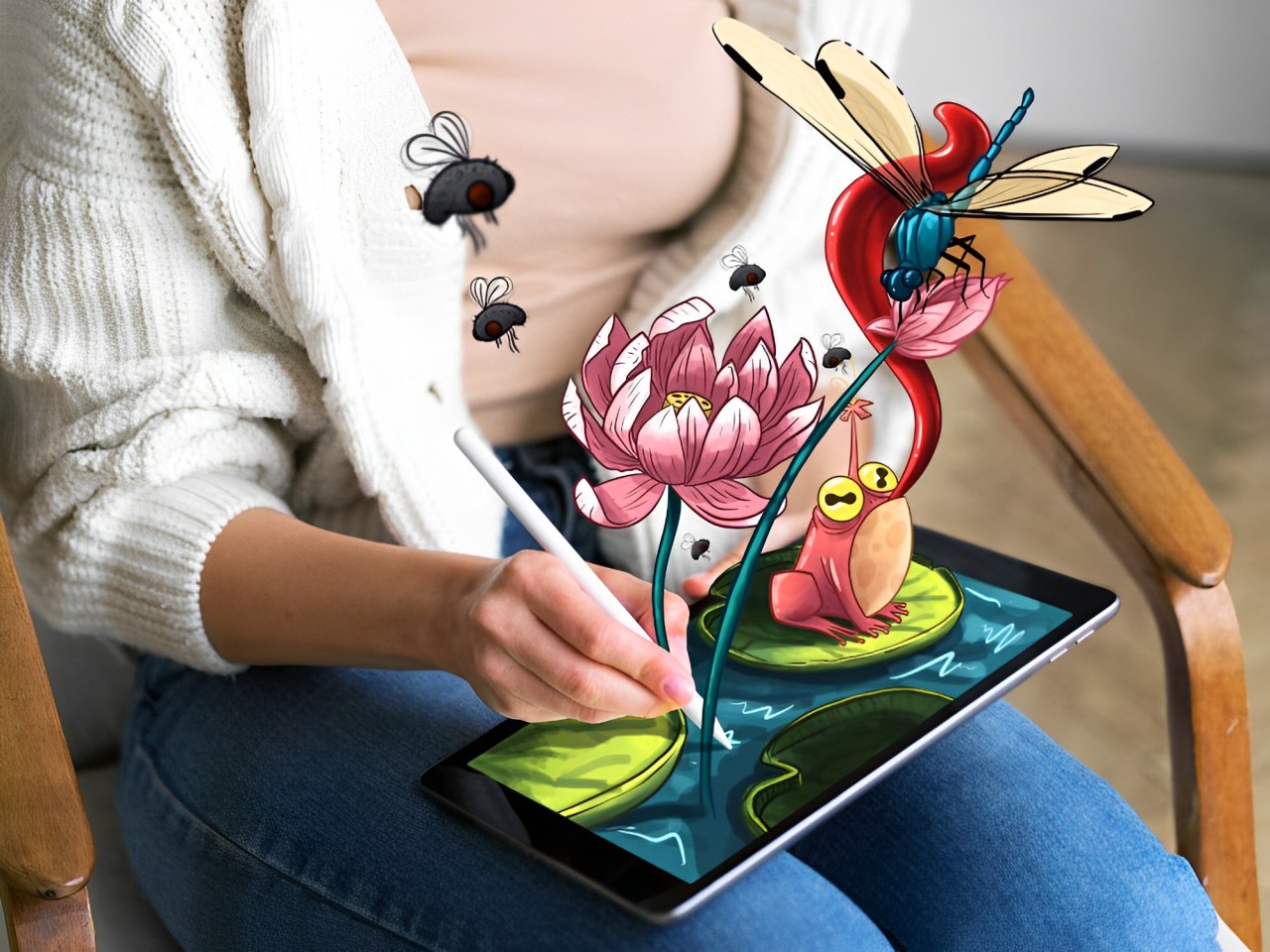
2.Virtual Reality (VR) Art: Artworks that are created in or for virtual environments. Artists can use VR headsets and software like Tilt Brush or Oculus Medium to create 3D sculptures and interactive environments. These pieces are often experienced in immersive VR worlds where the viewer can interact with the art in real time.
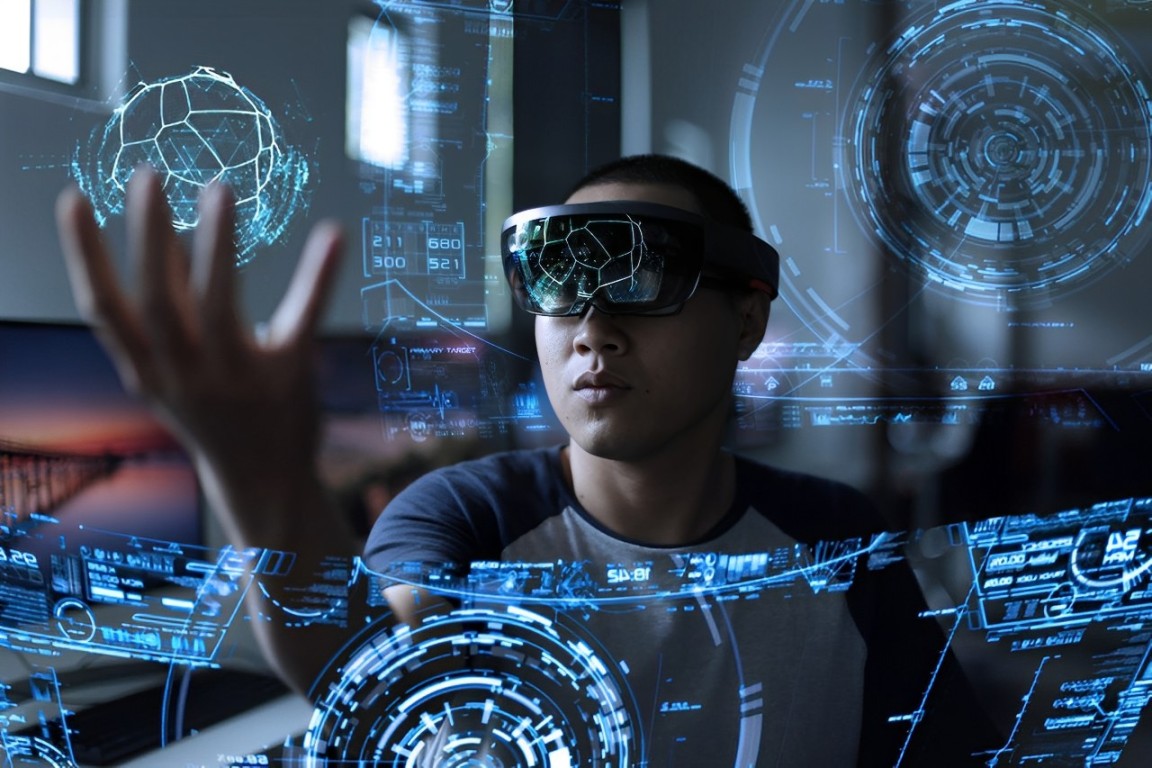
3.Augmented Reality (AR) Art: Digital art superimposed over the real world through a smartphone or AR glasses. The art interacts with the environment, blending digital elements with physical spaces. Artists can create installations that viewers experience through their devices, making the art dynamic and context-sensitive.
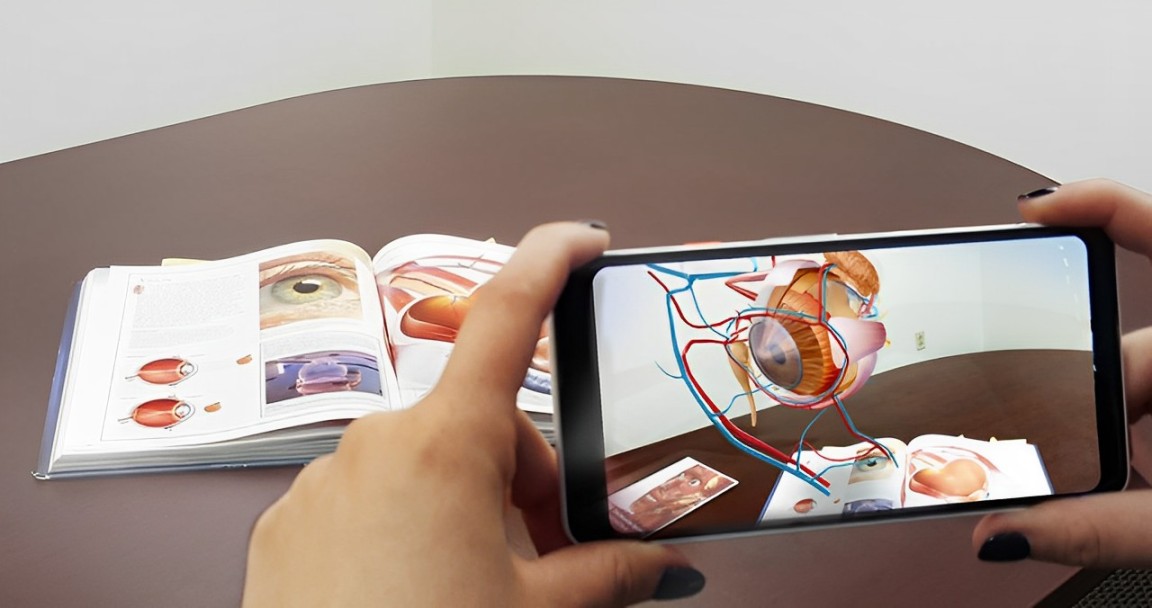
4.Interactive and Generative Art: Art that changes or evolves based on user input or computational processes. This can include web-based artworks, algorithmic art, or pieces that react to sound, movement, or other variables in real-time.
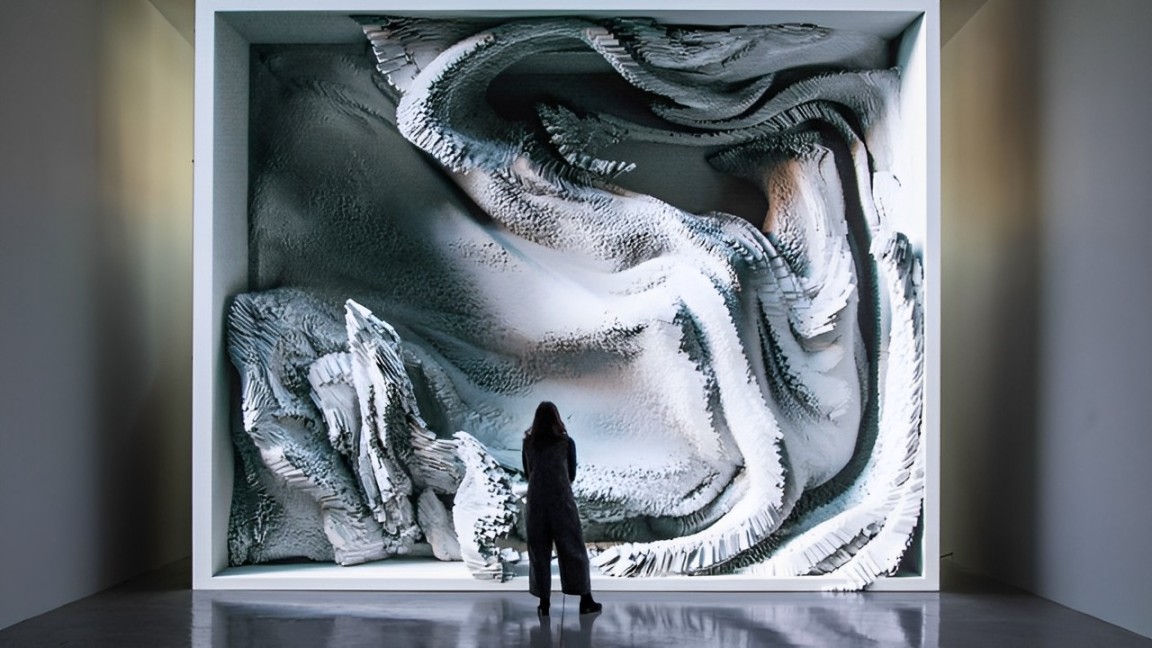
5.3D and Immersive Installations: Artworks that exist in three-dimensional virtual spaces, often presented in virtual worlds or as part of online exhibitions. These can be complex, immersive installations designed for exploration, where the viewer can “walk through” or interact with the piece.
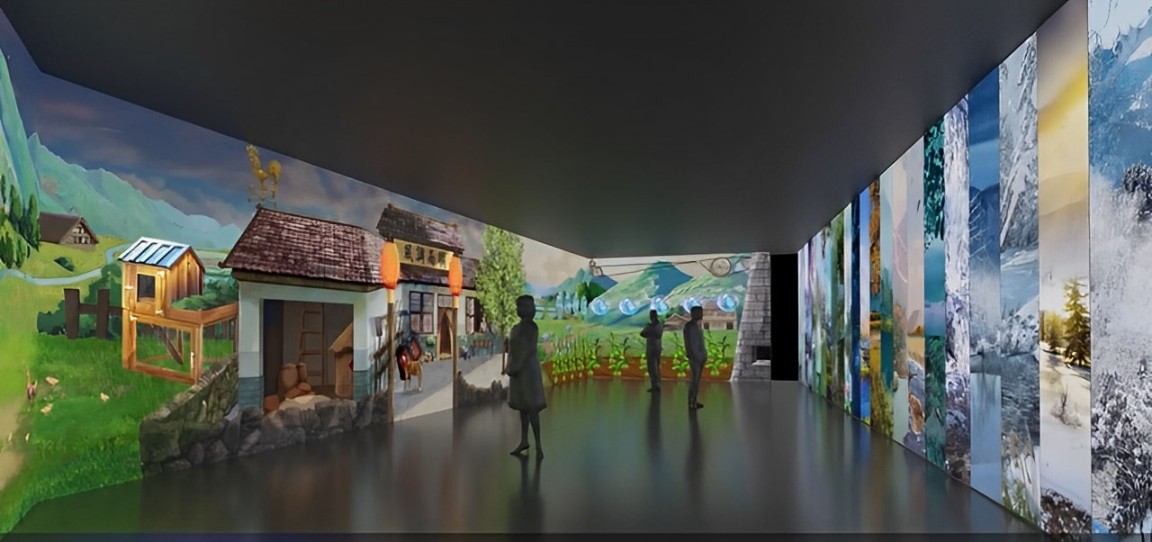
6.NFT Art: Digital art that is tokenized using blockchain technology, often sold as non-fungible tokens (NFTs). These can be static images, animations, or interactive pieces, with the blockchain providing proof of ownership and scarcity.
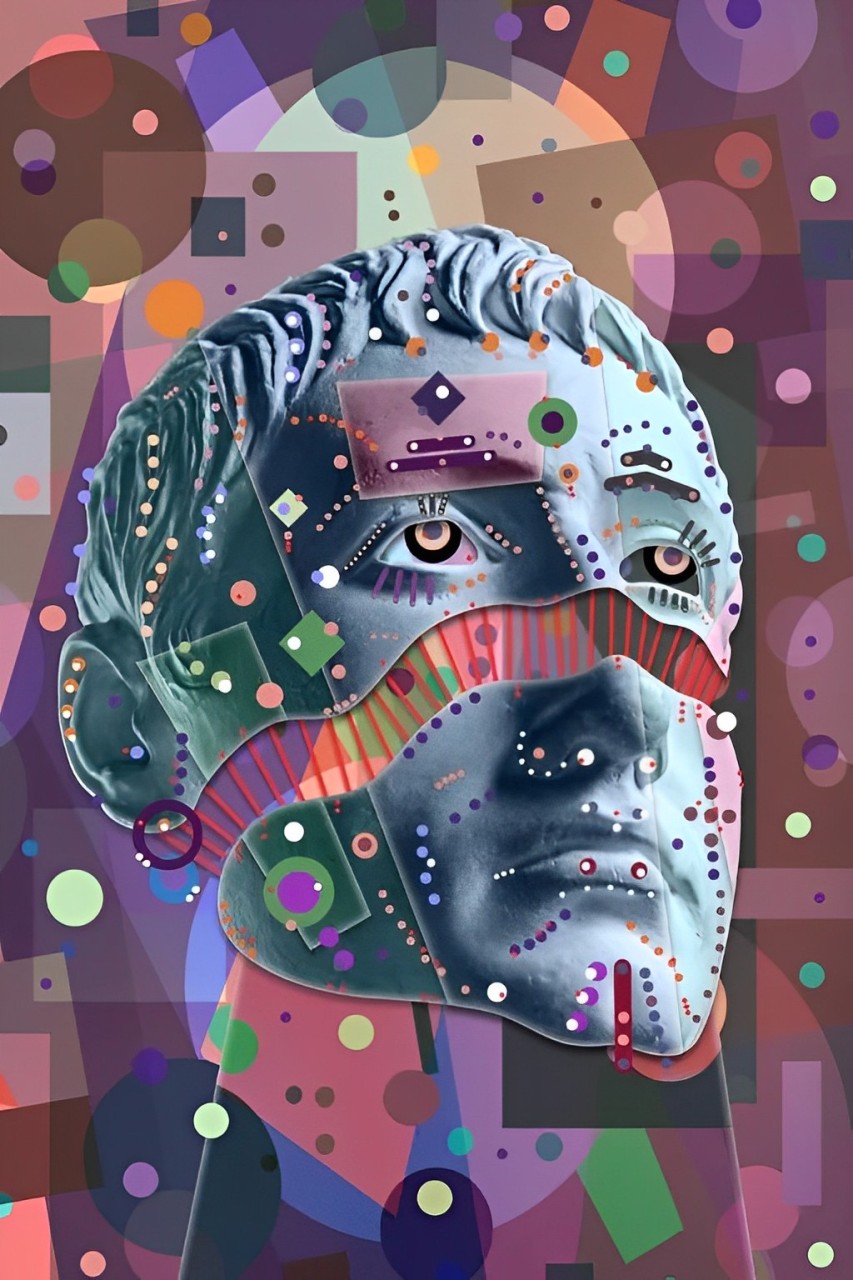
Characteristics of Virtual Art:
- Interactivity: Many virtual artworks involve viewer participation, allowing the audience to influence the piece or experience it from different angles.
- Immersion: In VR and AR, the viewer can become part of the artwork, experiencing it in an environment that feels tangible and “real.”
- Hybridization: Virtual art often combines elements from traditional media (painting, sculpture, film) with cutting-edge technologies, creating new forms of artistic expression.
- Access and Distribution: Virtual art can be shared globally via the internet, allowing artists to reach wider audiences and for viewers to experience art remotely.
Virtual art is continuously evolving as new technologies emerge, pushing the boundaries of how art is created, shared, and experienced. It allows artists to experiment with novel ideas and forms that were not possible in traditional media.
Recommendation: SITES LEARN SEO
Recommendation: KPOP NEWS ASIA





